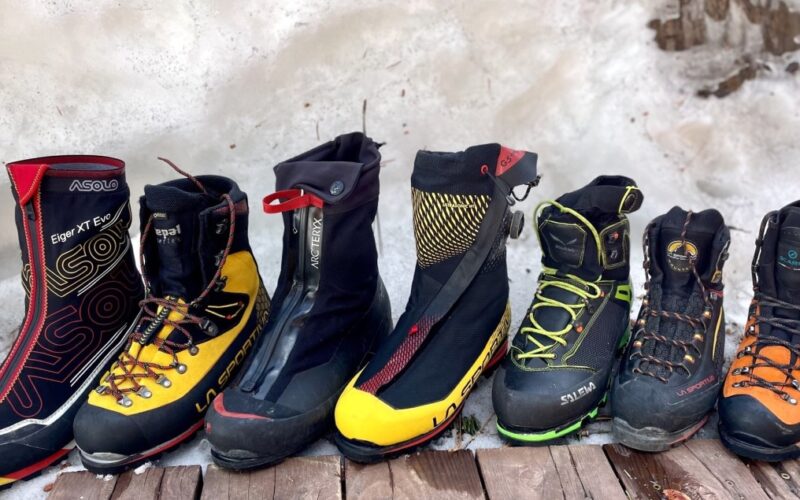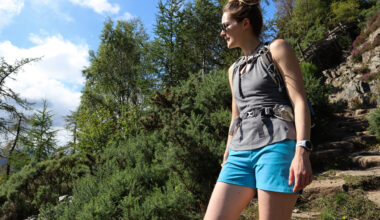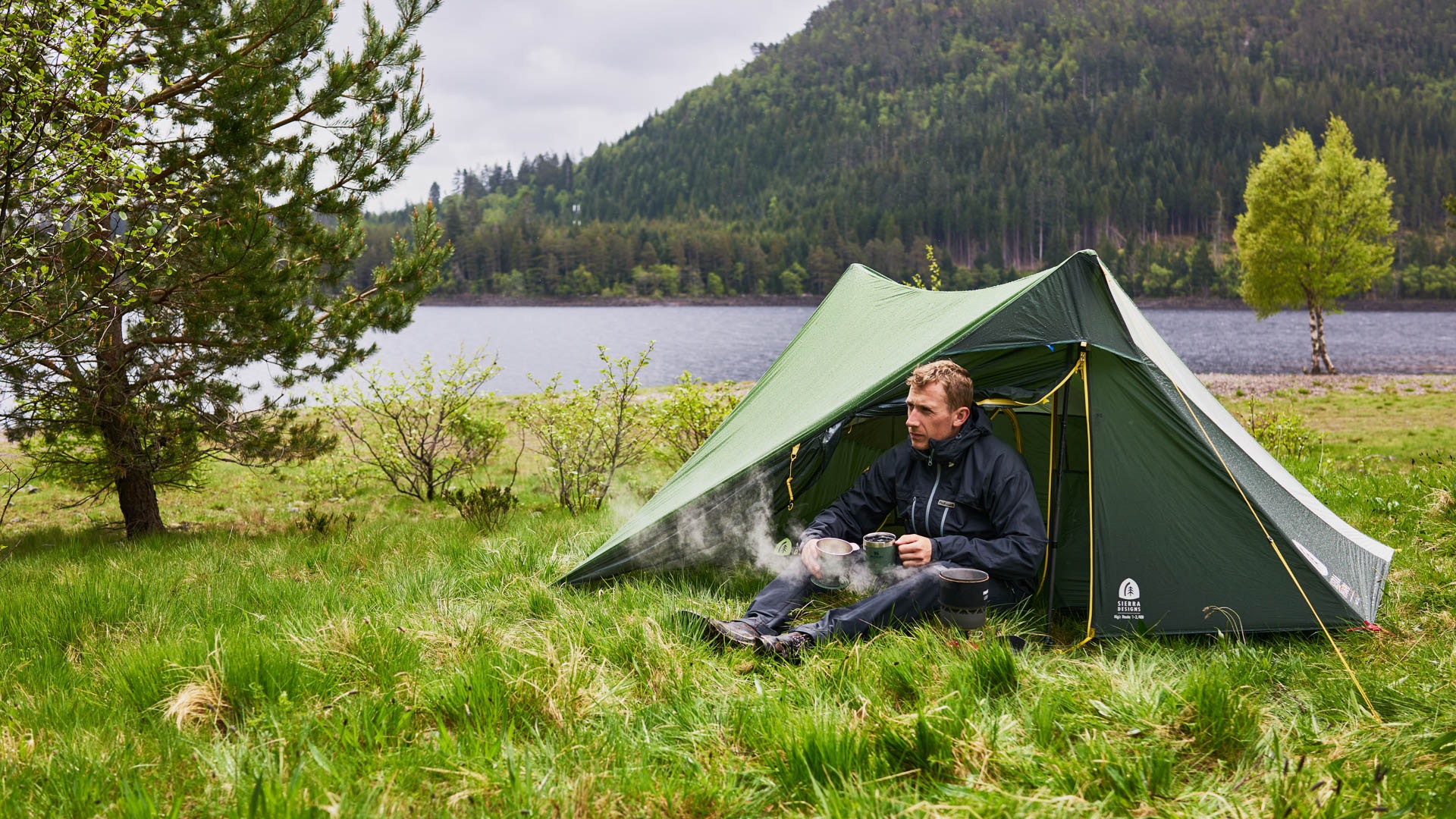When planning a trek, one of the most common questions beginners and even experienced hikers ask is: “Can you use mountaineering boots for trekking?” Footwear plays a crucial role in your overall experience, as the wrong pair can turn an exciting adventure into a painful memory. Let’s break down the differences, benefits, and drawbacks to help you make the right choice.
What Are Mountaineering Boots?
Mountaineering boots are specialised footwear designed for high-altitude climbing, glaciers, and icy terrains. Key features include:
- Insulation: Keeps your feet warm in sub-zero temperatures.
- Stiff Soles: Provide stability for crampons and rocky terrains.
- Durability: Built with strong materials for extreme conditions.
- Waterproofing: Essential for snow and ice protection.
In short, these boots are heavy-duty, stiff, and designed for extreme environments rather than casual trekking.
What Are Trekking Boots?
Trekking boots, on the other hand, are specifically made for long-distance walking on varied trails such as forests, hills, and dirt paths. They usually feature:
- Flexible Soles: Allow natural movement and comfort.
- Lightweight Build: Easy to walk in for hours.
- Breathability: Keeps feet cool and prevents sweating.
- Comfort Fit: Designed for endurance and less strain.
These are the go-to boots for most hiking and trekking enthusiasts.
Can You Use Mountaineering Boots for Trekking?
The short answer is: Yes, but it’s not ideal.
Here’s why:
✅ Advantages
- Durability: Mountaineering boots will last longer in rough terrain.
- Protection: Excellent ankle and toe protection.
- Waterproof & Insulated: Useful in cold and wet trekking conditions.
❌ Disadvantages
- Weight: Much heavier than trekking boots, leading to quicker fatigue.
- Stiffness: Reduced flexibility makes walking on easy trails uncomfortable.
- Heat Build-up: Your feet may overheat on warmer trails.
- Overkill: Unnecessary features for regular trekking trails.
Conclusion: Unless you are trekking in extremely cold, icy, or alpine terrain, mountaineering boots will feel uncomfortable and impractical.
When Should You Use Mountaineering Boots for Trekking?
Mountaineering boots can be used for trekking if:
- You are trekking in snow-covered regions like the Himalayas in winter.
- Your trek involves glacier crossings where crampons are required.
- You are combining trekking with mountain climbing.
Otherwise, for most moderate treks (forest trails, multi-day hikes, hill treks), a good pair of trekking boots is the smarter option.
Trekking Boots vs Mountaineering Boots: Quick Comparison
| Feature | Trekking Boots 🥾 | Mountaineering Boots 🧗 |
|---|---|---|
| Weight | Lightweight | Heavy |
| Flexibility | Flexible for walking | Stiff, rigid |
| Warmth | Moderate insulation | High insulation |
| Terrain Suitability | Forests, dirt paths, mixed trails | Snow, glaciers, rocky climbs |
| Comfort | High for long treks | Moderate (stiff fit) |
| Price | Generally cheaper | More expensive |
Adventurers who enjoy the thrill of trekking often love other extreme sports too. Discover skydiving tips and destinations at Skydive Guides
Expert Tips for Choosing the Right Boots
- Match the Boot to the Terrain – Use trekking boots for forests and valleys; mountaineering boots only for alpine or icy treks.
- Try Before You Buy – Always test fit and walk around with the boots before purchase.
- Break Them In – Never go on a long trek with brand-new boots.
- Invest in Good Socks – Pairing boots with thermal or moisture-wicking socks makes a big difference.
- Consider Weight – If you’re carrying a heavy backpack, opt for boots with strong ankle support but not overly stiff.
Final Thoughts
So, can you use mountaineering boots for trekking?
Yes, you can, but it’s not recommended unless your trek involves snow, ice, or high-altitude conditions. For most travel and trekking adventures, trekking boots are the perfect choice—they’re lighter, more comfortable, and designed for long-distance walking.
Choosing the right footwear will not only save your feet from blisters and fatigue but also make your trekking journey more enjoyable.
Looking for more trekking tips and destination guides? Check out Trekking Search for detailed insights and practical advice.



